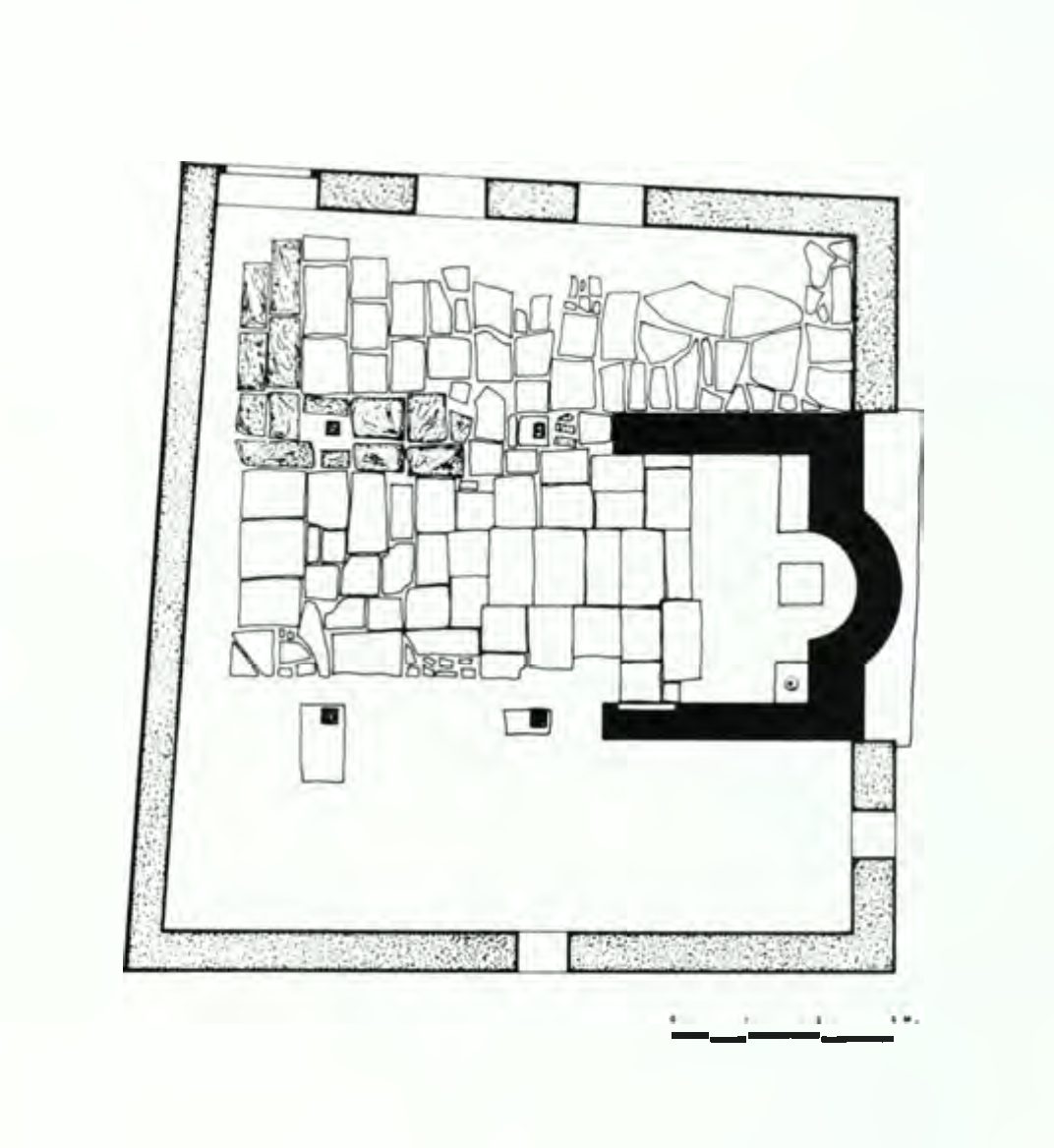Επίσκεψη
ΙΕΡΟΣ ΝΑΟΣ ΑΓΙΟΥ ΓΕΩΡΓΙΟΥ ΜΙΚΡΟΥ, 14ος – 17ος αι. / ST. GEORGIOS MIKROS, 14th – 17th c.
Ο Άγιος Γεώργιος ο Μικρός είναι μία τρίκλιτη ξυλόστεγη εκκλησία του πρώτου μισού του 17ου αιώνα. Στην αρχική της φάση στα τέλη του 14ου – αρχές 15ου αι. ήταν πιθανόν μονόχωρη με κάποιου είδους πλευρικές στοές. Το μνημείο είναι πολύ σημαντικό για την ιστορία της πόλης, καθώς σώζει επιγραφή χάρη στην οποία μαθαίνουμε ότι οι Οθωμανοί πήραν τη Βέροια την Τρίτη μέρα του Πάσχα (Λαμπροτρίτη), στις 9 Απριλίου του 1433. Τοιχογραφίες των αρχών του 15ου αι. υπάρχουν μόνο στο αρχικό τμήμα του ναού, στην κόγχη, τον ανατολικό και τους πλευρικούς τοίχους του ιερού, και στις εξωτερικές επιφάνειες του βόρειου και νότιου τοίχου του αρχικού ναού. Το 1643 προστίθενται παραστάσεις του αγίου Γεωργίου και σκηνών του βίου του στην εξωτερική επιφάνεια του βόρειου τοίχου.
St. Georgios Mikros is a three-aisled and timber-roofed church dating back to the first half of the 17th c. In its initial form, in the late 14th – early 15th c., it was possibly a single- aisled church with some type of lateral galleries. The monument bears a testimony of great importance for the history of the city, as it retains a mural inscription documenting Veria’s conquest by the Ottomans on on Easter Tuesday, April the 9th of the year 1433. Mural paintings dating back to the early 15th c. are still visible in the initial part of the church, on the conch and the lateral walls of the sanctuary, as on the external surfaces of the northern and southern wall of the initial church. In 1643, depictions of St. George and his life cycle iconography were added on the external surface of the northern wall.
